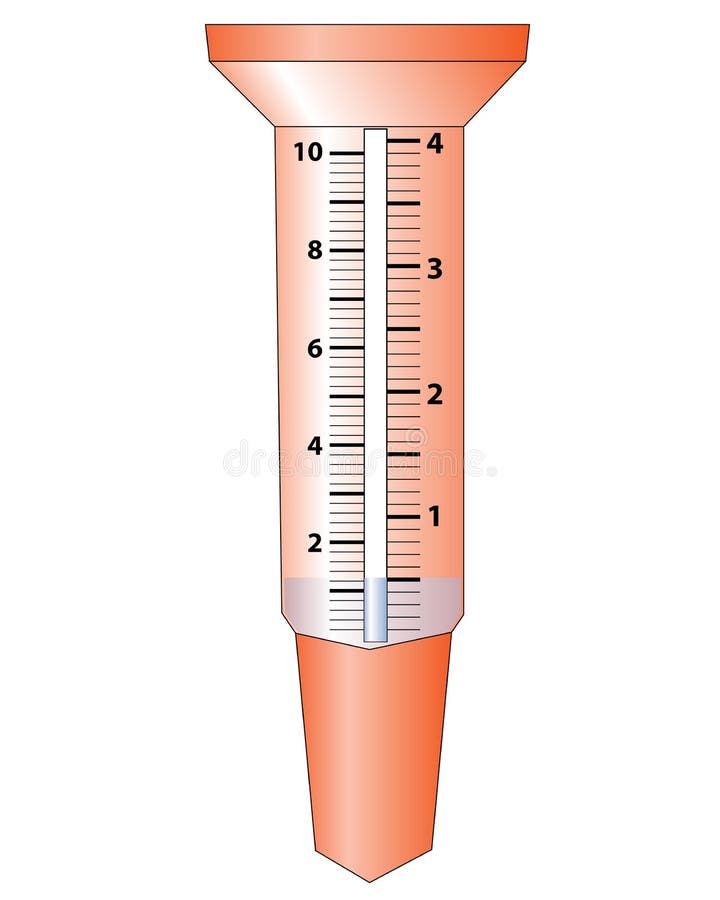The Benefits of Setting Up an Accuracy Rain Gauge for Your Weather Station
The Benefits of Setting Up an Accuracy Rain Gauge for Your Weather Station
Blog Article
Introducing the Science Behind Rainfall Gauges: Exactly How These Instruments Play a Critical Role in Environment Research and Environmental Surveillance
Rain assesses, apparently easy tools, hold a profound importance in the world of climate research and environmental monitoring. These humble tools silently collect one of nature's most crucial elements-- rainfall. Yet, behind their unpretentious exterior exists an intricate scientific research that is essential for comprehending the characteristics of our setting. As we peel off back the layers of this scientific veil surrounding rain assesses, we discover a world where accuracy, information accuracy, and precise observation assemble to unveil a deeper understanding of our changing climate and its influence on the planet.
Relevance of Rainfall Gauges
Rain determines play an essential role in monitoring and gauging rainfall levels, giving necessary information for environment study and analysis. These devices are essential in measuring the quantity of rainfall that occurs in a particular area over a certain duration. By gathering and measuring rain, rain gauges deal important understandings into the circulation and intensity of rainfall, helping meteorologists, hydrologists, and climatologists in understanding climate patterns and patterns.
Additionally, long-lasting data gathered from rainfall assesses aids in assessing environment change impacts and patterns, contributing substantially to clinical study and decision-making procedures. In significance, rainfall determines offer as essential tools in the field of weather forecasting and ecological scientific research, playing an essential duty in progressing our understanding of climate and environment characteristics.
Kinds Of Rain Gauges

Performance and Operation
In the world of climate study and meteorological researches, the performance of rain determines lies in their complex functionality and specific operational mechanisms. Rainfall gauges are created to precisely measure the quantity of precipitation that falls over a specific location during a collection period.
The performance of rain assesses is based upon the concept of gathering and gauging rainwater in a standardized fashion. This collected information is essential for recognizing local weather condition patterns, tracking long-term climate fads, and assessing environmental influences. To ensure precise dimensions, rainfall evaluates requirement to be purposefully placed in open areas far from blockages such as structures or trees that could interfere with the collection procedure.
The operational facet of rain evaluates involves normal maintenance to protect against particles build-up, calibration checks find more to keep dimension accuracy, and information videotaping for evaluation (rain gauge). Generally, the capability and operation of rain assesses are necessary for gathering trusted precipitation data essential to climate research study and ecological monitoring
Role in Climate Study
Offered the crucial importance of exact rainfall measurements in comprehending weather condition patterns and ecological influences, the duty of rain determines in climate study is essential. Rain assesses supply essential data for environment study by evaluating the quantity of precipitation that falls why not try these out over a specific location throughout a provided period. This information is critical for monitoring long-term fads in rainfall patterns, evaluating the impact of environment modification on rainfall distribution, and boosting climate models.

Environment researchers utilize data accumulated from rain evaluates to examine variations in rainfall levels, recognize regional environment trends, and review the efficiency of water resource administration strategies. By contrasting historic precipitation information with current measurements, researchers can spot changes in precipitation patterns, such as modifications in the regularity or intensity of rains occasions. This information is crucial for understanding exactly how environment change is influencing rainfall dynamics and can assist policymakers make educated decisions pertaining to adaptation and mitigation methods.
Applications in Ecological Monitoring

In flood forecasting, rainfall scale data assists to track rainfall strength and circulation, enabling authorities to provide timely cautions and take needed procedures to reduce flood risks (rain gauge). Dry spell tracking relies upon rain scale data to assess dampness degrees in the dirt and track precipitation shortages, helping in the recognition of drought-prone locations and the application of drought reaction strategies
Moreover, rainfall gauge information plays an important role in water source management by giving info on water availability and use trends. This information is utilized to make enlightened decisions regarding water appropriation, conservation actions, and sustainable water source planning. In addition, in agriculture, rainfall scale data aids farmers in enhancing watering schedules, plant selection, and general farm monitoring methods based upon local rainfall patterns. why not look here Overall, rain determines are vital tools in environmental surveillance, offering useful insights that contribute to educated decision-making and lasting resource monitoring.
Conclusion
Finally, rain evaluates are crucial tools for measuring precipitation, offering important data for climate research and environmental monitoring. With various types and capabilities, rainfall determines play a vital duty in recognizing precipitation patterns and their effect on the environment. By properly gauging rains, these gadgets add to the improvement of clinical expertise and assistance in making informed choices pertaining to water resource administration and calamity readiness.
Rainfall determines play an indispensable function in monitoring and measuring precipitation levels, giving crucial data for environment research study and analysis. The common rainfall gauge, understood as the "tipping bucket" scale, is one of the most commonly made use of devices. Ultrasonic rainfall determines usage sound waves to detect the existence of rain, providing real-time information on rainfall levels.Environment scientists use data collected from rain assesses to evaluate variants in rainfall degrees, recognize local climate trends, and assess the performance of water source monitoring techniques.In final thought, rainfall gauges are necessary devices for gauging rainfall, giving useful information for environment research and environmental tracking.
Report this page